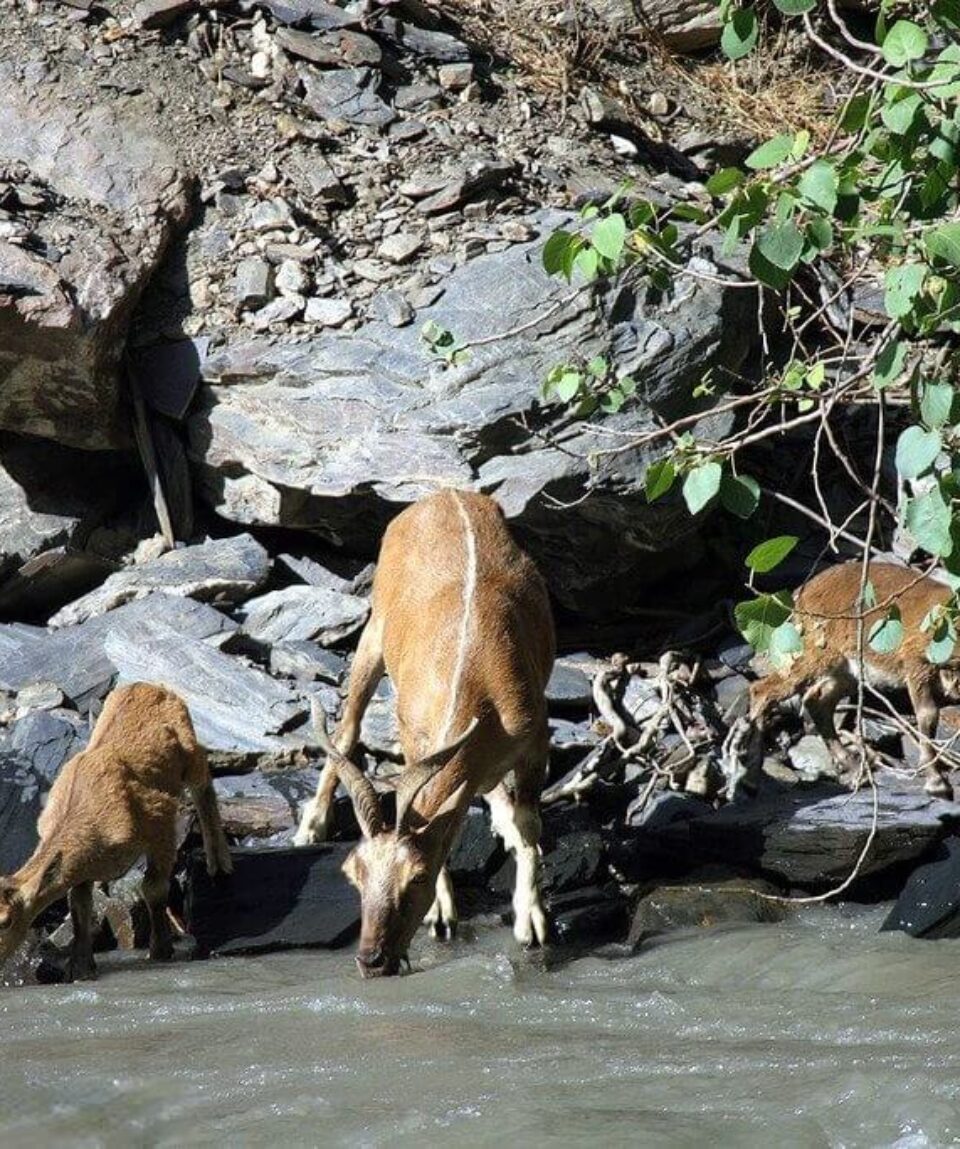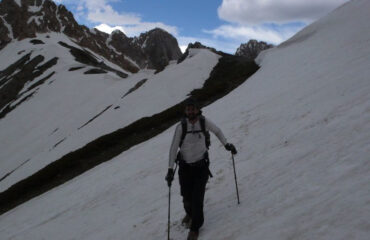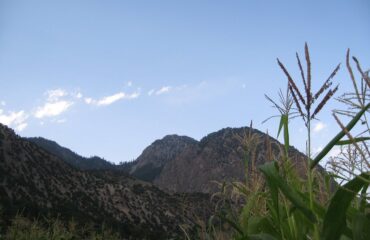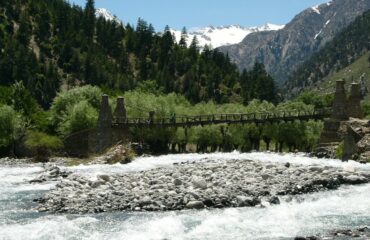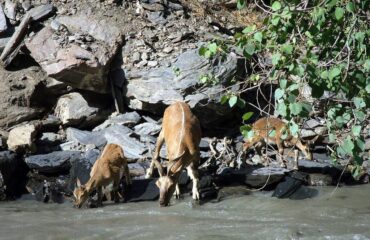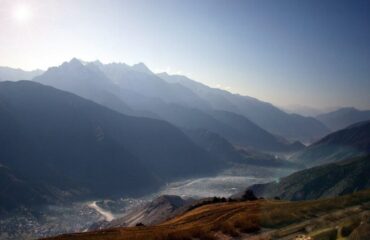Gokhshal An and Dooni An
fromGokhshal An and Dooni An are difficult mountain routes, noted for stunning Hindukush Peak vistas and the potential to sight the elusive Markhor.
-
Reviews 0 Reviews0/5
-
Vacation Style Holiday TypeCamping, Climbing, Guided, Hiking, Trekking
-
Activity Level Moderate
-
Group Size Medium Group
Gokhshal An and Dooni An: Trekking across the pristine landscapes of Chitral Gol National Park and into the enthralling Kalasha valleys in northern Pakistan is made exciting and difficult by the Gokhshal An and Dooni An trek. This well-known trek provides breathtaking views of Tirich Mir, the tallest peak in the Hindu Kush mountain range, as well as the exciting potential to glimpse the gorgeous markhor, a highlight for wildlife fans.
Two mountain passes must be crossed on this trek: Gokhshal An and Dooni An, which is also referred to as Chimirsan An in Rumbur. The voyage starts in the untamed and breathtaking Chitral Gol National Park, a refuge well-known for its rich species, including the imperilled markhor.
One of the rarest and most sought-after wildlife sightings in this area is the markhor, which is distinguished by its characteristic spiral horns. The walk provides a rare opportunity to see these amazing creatures in their natural habitat, and Chitral Gol National Park is committed to the preservation of this famous species. The significance of wildlife protection is emphasised by the intense and lasting experience of watching the markhor in its natural habitat.
The difficult and frequently ill-lit pathways that take hikers across Gokhshal An and Dooni An are another draw to the trek. In addition to giving thrill-seekers an adrenaline boost, these rough passes provide beautiful panoramas of the neighbouring mountains. Throughout the trek, Tirich Mir serves as a constant companion and is especially mesmerising when it dominates the landscape.
In addition to the breathtaking views, this journey provides a great opportunity for birdwatchers and wildlife aficionados. Trekkers may come across different types of animals along the path, such as ibex and perhaps the rare snow leopard. The ability to see different avian species against the backdrop of the untamed countryside is further enhanced by the area’s rich birdlife.
Beyond the natural splendours, the walk also presents visitors to the Kalasha Valley’s rich cultural legacy. The Kalash people, whose particular culture and way of life include vibrant festivals and peculiar customs, live in these valleys. The walk offers possibilities for cultural exchange and engagement with the local populations, giving travellers an inside look at these unique people’s customs and way of life.
The Gokhshal An and Dooni An trek is an extraordinary journey that skillfully combines the wonder of nature, the excitement of exploration, and the significance of wildlife protection. It welcomes people with an adventurous spirit to travel through the isolated and pristine landscapes of northern Pakistan, where the magnificence of the mountains, the attractiveness of the wildlife, and the depth of culture mix to produce a unique and unforgettable experience.
| Package Confirmed Dates | Trip Status Trip Status | Price (PP) Excluding Flights | Price (PP) Including Flights | |
|---|---|---|---|---|
|
June 12, 2025 - June 19, 2025
|
Guaranteed
|
$1,000
|
N/A
|


